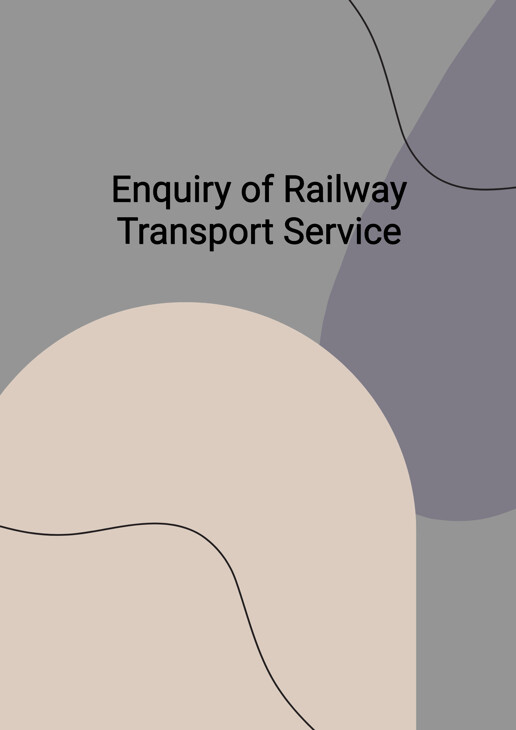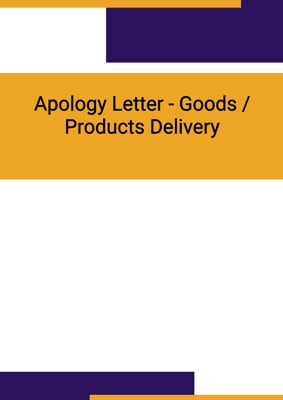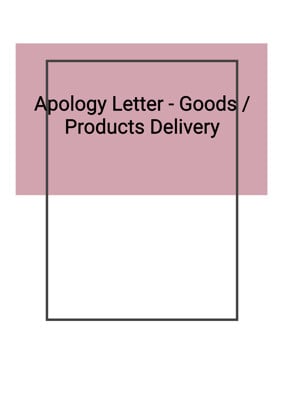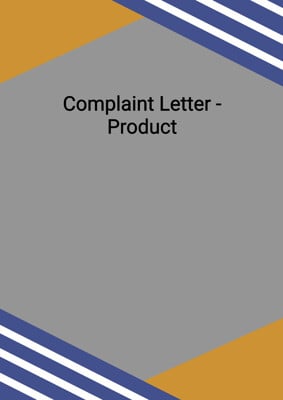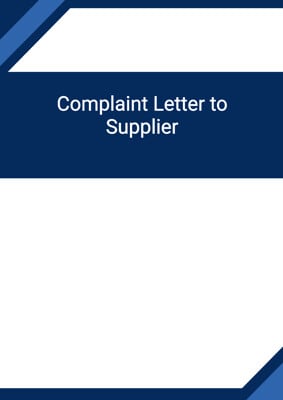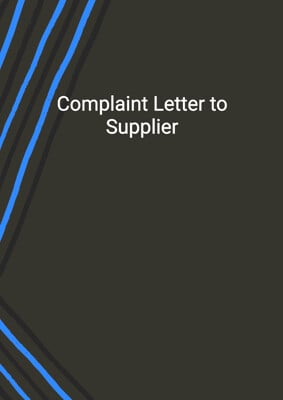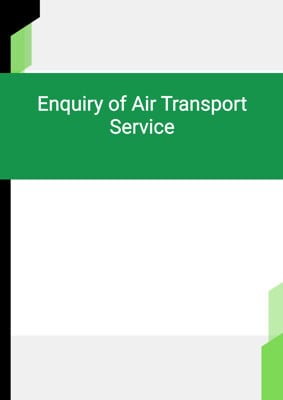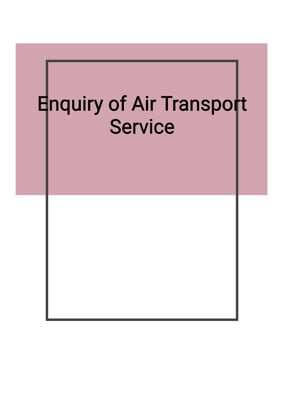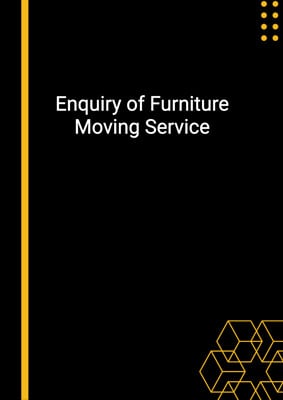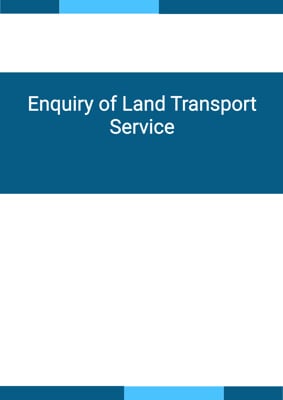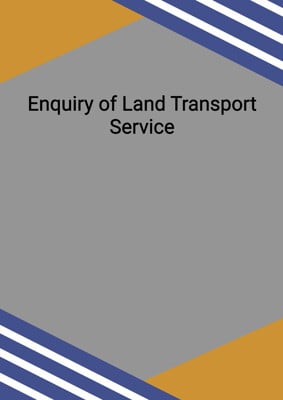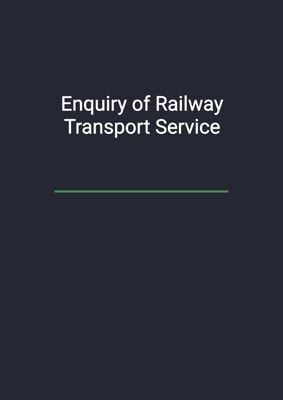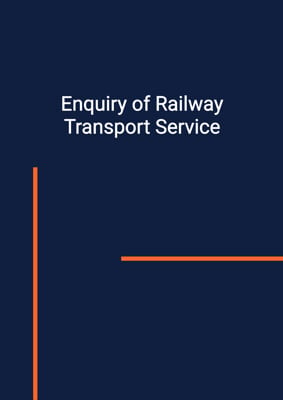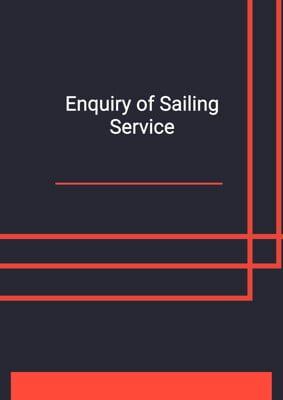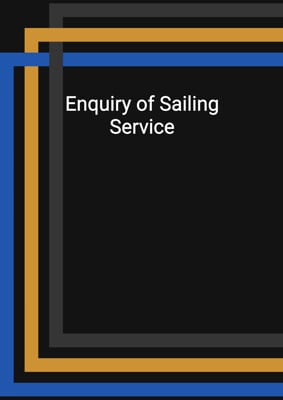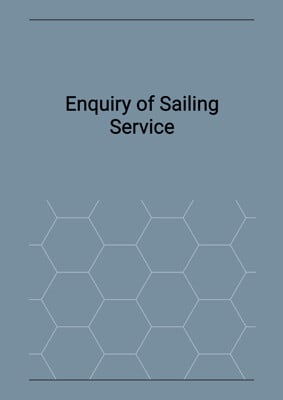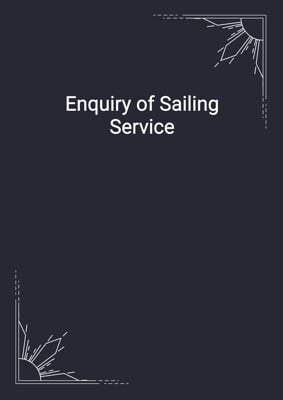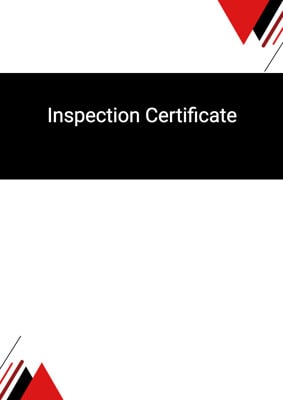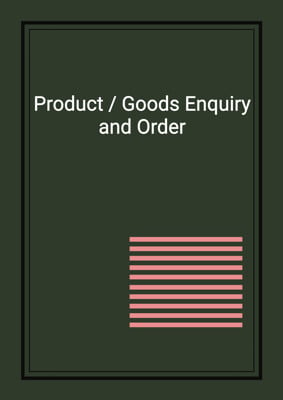How to Tailor the Document for Your Need?
01
Create Document
Click "Create Document" button and the document will be prepared with your account details automatically filled in.
02
Fill Information
Please fill in any additional information by following the step-by-step guide on the left hand side of the preview document and click the "Next" button.
03
Get Document
When you are done, click the "Get Document" button and you can download the document in Word or PDF format.
04
Review Document
Please review the document carefully and make any final modifications to ensure that the details are correct before sending to the addressee.
Document Preview
Document Description
The document titled 'Enquiry of Railway Transport Service' is an official letter written to report a problem with a consignment that was delivered in a damaged condition. The letter is addressed to the railway transport service provider and highlights the importance of holding them responsible for the loss. The document starts with a brief introduction, mentioning the account job company and address in a single line format, followed by the current date.
The detailed description of the document can be divided into the following sections:
1. Introduction: The letter begins with a formal greeting, addressing the recipient as 'dear sir/madam'. It expresses regret and reports that the consignment covered by a specific consignment receipt number was delivered in a condition that indicated it had been broken into during transit.
2. Notation on Receipt: The sender mentions that upon delivery, they added a notation on the receipt stating 'cases damaged; contents not examined'. This indicates that the cases were visibly damaged, and the contents were not inspected at that time.
3. Discovery of Shortage: After the delivery, the sender conducted a later check of the contents and discovered a shortage in the number of items. This implies that some items were missing from the consignment.
4. Responsibility and Claim: The sender states that since the consignment was sent on carrier's risk terms, they hold the railway transport service provider responsible for the loss. They enclose a claim for the invoiced value of the missing shirts, along with a certified copy of the supplier's invoice to support their claim.
5. Inspection and Conclusion: The sender mentions that the cases and their contents have been set aside to await the recipient's inspection. The letter concludes with a formal closing and the sender's name, job title, and company.
Overall, this document serves as a formal complaint and claim against the railway transport service provider for the damaged and missing items in the consignment.
How to use this document?
Guidance for using the document:
1. Identify the Problem: Clearly state the issue with the consignment, such as damage and missing items, in a concise manner.
2. Provide Relevant Details: Include the consignment receipt number and any additional information that supports the claim, such as notations made upon delivery.
3. Assert Responsibility: Clearly state that the railway transport service provider is responsible for the loss due to the consignment being sent on carrier's risk terms.
4. Calculate Claim Amount: Determine the invoiced value of the missing items and calculate the claim amount accordingly.
5. Gather Supporting Documents: Enclose a certified copy of the supplier's invoice to support the claim.
6. Set Aside Contents: Keep the damaged cases and their contents aside for the recipient's inspection.
7. Maintain Professional Tone: Use a formal and polite tone throughout the letter.
8. Sign and Send: Include the sender's name, job title, and company at the end of the letter, and send it to the railway transport service provider.
Following these steps will help effectively communicate the issue, assert the claim, and provide the necessary information for the recipient to take appropriate action.
Not the right document?
Don’t worry, we have thousands of documents for you to choose from:
